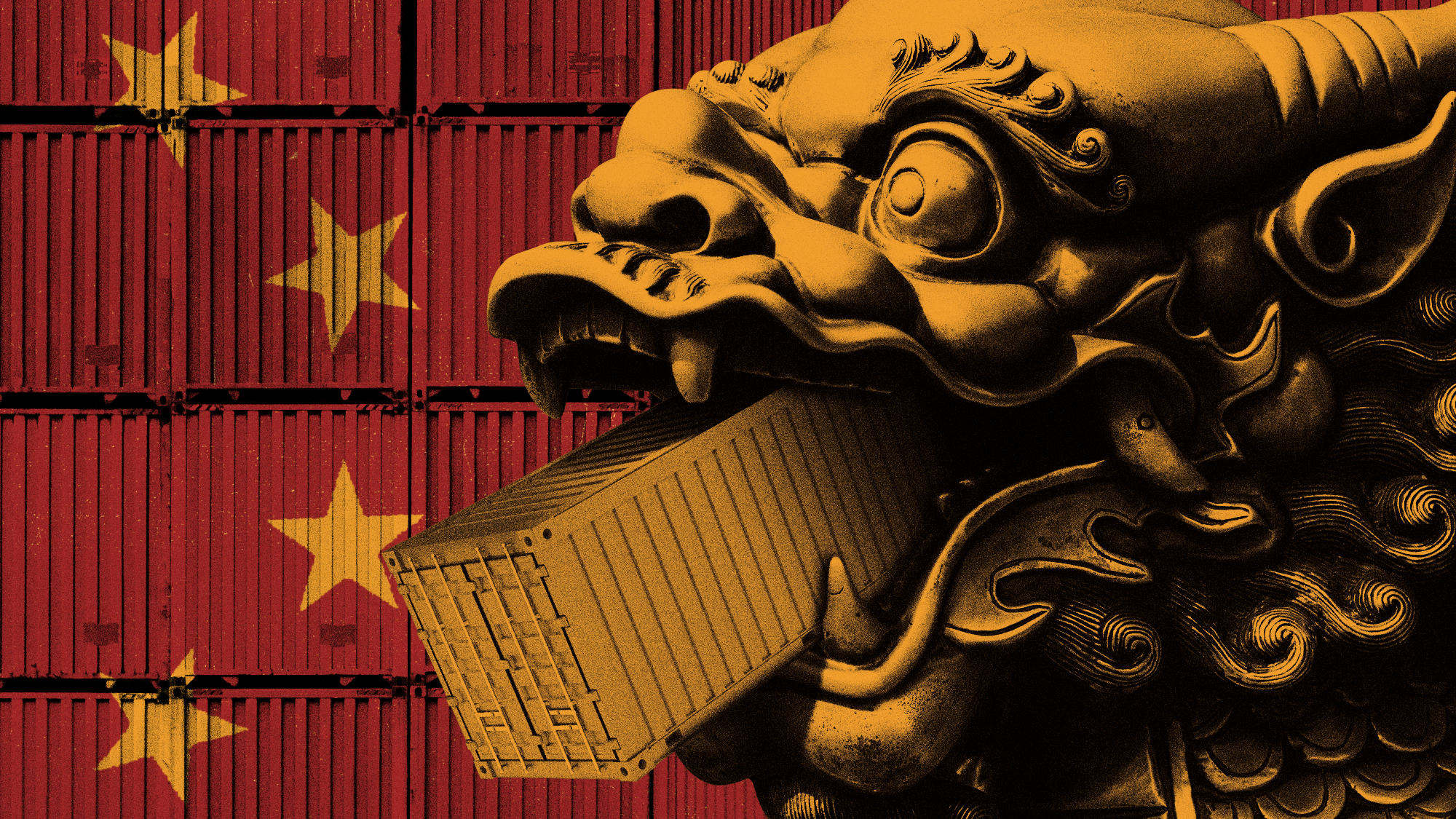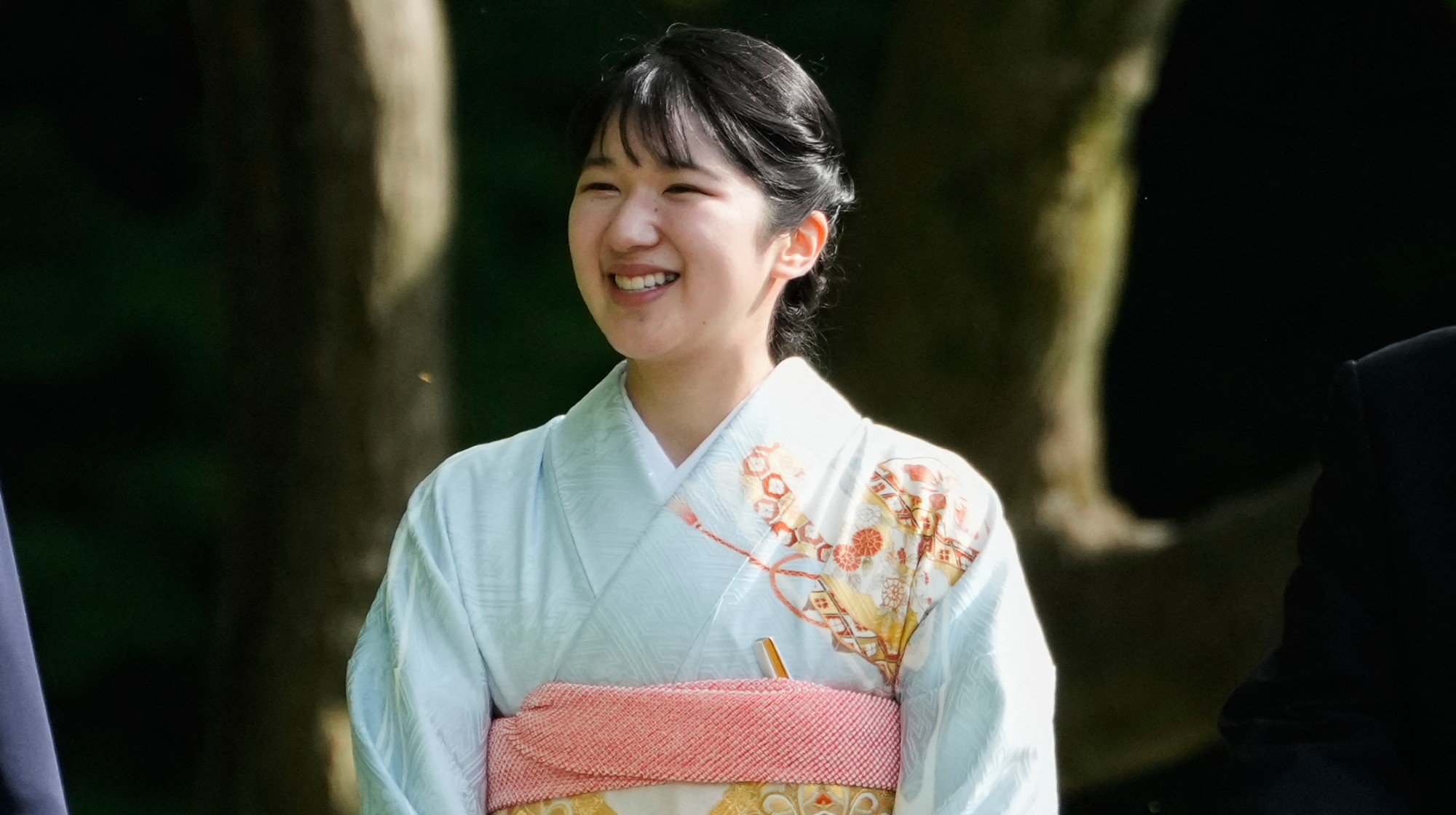The end of bullfighting?
Catalonia, a region in Spain, has broken with centuries of tradition and banned "la corrida." Is the "sport" of bullfighting doomed?
Why did Catalonia ban bullfighting?
For humanitarian reasons, but also for political ones. The politicians who pushed through the ban on a 68–55 vote in the regional parliament last week cited the inherent cruelty of the sport, but separatist politics were also a factor. Many in the semiautonomous region in northeastern Spain have been clamoring for greater independence from Madrid, and bullfighting—which was embraced by longtime dictator Gen. Francisco Franco as a force for national unity—has long been a potent symbol of Spanish nationalism. The activists and political parties behind the bullfighting ban are trying to deepen a Catalan identity separate from a Spanish one. Catalonia thus becomes the first region in Spain proper to outlaw the pastime, though animal-cruelty laws have prevented bullfighting in Spain’s Canary Islands since 1991.
What are the origins of la corrida?
The Week
Escape your echo chamber. Get the facts behind the news, plus analysis from multiple perspectives.

Sign up for The Week's Free Newsletters
From our morning news briefing to a weekly Good News Newsletter, get the best of The Week delivered directly to your inbox.
From our morning news briefing to a weekly Good News Newsletter, get the best of The Week delivered directly to your inbox.
Historians say the idea of a contest between man and bull was introduced to Spain by the Romans. Eighth-century kings and aristocrats would fight bulls from horseback, and the practice spread with the conquistadores to Central and Latin America, and, later, to France. In the 18th century, however, the squeamish King Philip V successfully petitioned the pope to forbid Spanish noblemen from taking part in bullfighting. So lords on horses were replaced by commoners fighting on foot. This more populist style, with all its danger and crowd-pleasing killers—or matadors—proved even more popular, and massive bullrings were built across the Latin world.
How many bulls die?
CAS International, a major anti-bullfighting group, estimates that around 250,000 bulls are killed and wounded each year in bullfights around the world. Vets describe the stress the animals endure before the fight and how they undergo prolonged weakening throughout the three movements (tercios) of the corrida—the tercio de varas (when they are lanced from a horse), de banderillas (when barbs are placed in their shoulders), and de muerte (when they are stabbed, sometimes clumsily) in the heart. Very rarely, bulls are pardoned on account of their bravery, and even more rarely, it is the bullfighters who die: Fifty-two matadors have been killed in the ring since 1700, the most recent being José “El Yiyo” Cubero, in 1985. (In recent years a special type of surgery has developed for the treatment of cornadas, or horn wounds.) In some countries, including Portugal, the bull is not killed in the ring but out of sight, by a professional butcher.
What’s the attraction?
A free daily email with the biggest news stories of the day – and the best features from TheWeek.com
Aficionados of bullfighting see it not so much as a sport in which there is a winner and a loser, but as a kind of existential test of the courage and skill of its participants—both human and animal. The greatest matadors are national heroes in Spain (see below) and have enthralled generations of artists and thinkers, from Goya to Ernest Hemingway to Orson Welles. In response to the Catalonian debate, 300 of Spain’s prominent cultural figures published a manifesto defending bullfighting, saying: “It’s not just cultural, festive, traditional, social, and economic factors that are in play: It’s freedom itself.” It’s also big business, with estimated worldwide revenues of $3.5 billion.
Why have views changed?
In part, it’s generational. The growing concern for animal welfare since the 1970s as well as just plain apathy among young people—around 80 percent of Spaniards below the age of 35 say they have no interest in bullfighting—have combined to leave the sport with a shrinking audience. Meanwhile, bullfighting has had to endure a prolonged weakening of its own, as Spain’s grim recession has caused the number of bullfights and fiestas to fall in recent years. Many Spanish luminaries, including Queen Sofía, have also come out of the anti-bullfighting closet.
Is bullfighting on the way out?
Not anytime soon. Anti-bullfighting activists face the resistance of a powerfully organized sport that’s still beloved not only by many average Spaniards but by much of the Spanish elite, including artists, writers, and directors. Provoked by the ban in Catalonia, Madrid’s conservative regional government has gone in the opposite direction, recently declaring bullfighting a “bien de interés cultural,” putting it on the same footing as historical landmarks. But a bloody ritual that justifies itself purely on tradition and vague appeals to “human freedom” will become ever more vulnerable to waning grass-roots interest and campaigns by animal-rights activists. As the Spanish cartoonist El Roto recently parodied the traditional pro-bullfighting argument: “Nobody is obliged to go to the bullfights ... except the bulls!”
The torero superstars
“Nobody ever lives their life all the way up except bullfighters,” wrote Ernest Hemingway in The Sun Also Rises, in which he lauded Juan Belmonte (1892–1962), the greatest bullfighter of all time. Belmonte killed himself after doctors told him his injuries in the ring would prevent him from pursuing his penchants for cigars, wine, and prostitutes, but his daring style is still emulated by contemporary matadors. In the last 20 years, two matadors, Jesulín de Ubrique and José Tomás, have dominated la corrida. Ubrique rose to fame in the 1990s for his pop-star good looks and practice of performing to all-female audiences. (“The only balls in the ring have got to be mine and the bull’s,” he declared.) In recent years, though, Tomás has grabbed the headlines. An enigmatic man, known for his classical style in the ring, he commands fees of up to $625,000 per appearance and has been hailed as the savior of a noble tradition. In April, Tomás almost died after being gored in the groin by a bull in Mexico. He needed 17 pints of blood.
-
 How will China’s $1 trillion trade surplus change the world economy?
How will China’s $1 trillion trade surplus change the world economy?Today’s Big Question Europe may impose its own tariffs
-
 ‘Autarky and nostalgia aren’t cure-alls’
‘Autarky and nostalgia aren’t cure-alls’Instant Opinion Opinion, comment and editorials of the day
-
 Japan’s Princess Aiko is a national star. Her fans want even more.
Japan’s Princess Aiko is a national star. Her fans want even more.IN THE SPOTLIGHT Fresh off her first solo state visit to Laos, Princess Aiko has become the face of a Japanese royal family facing 21st-century obsolescence